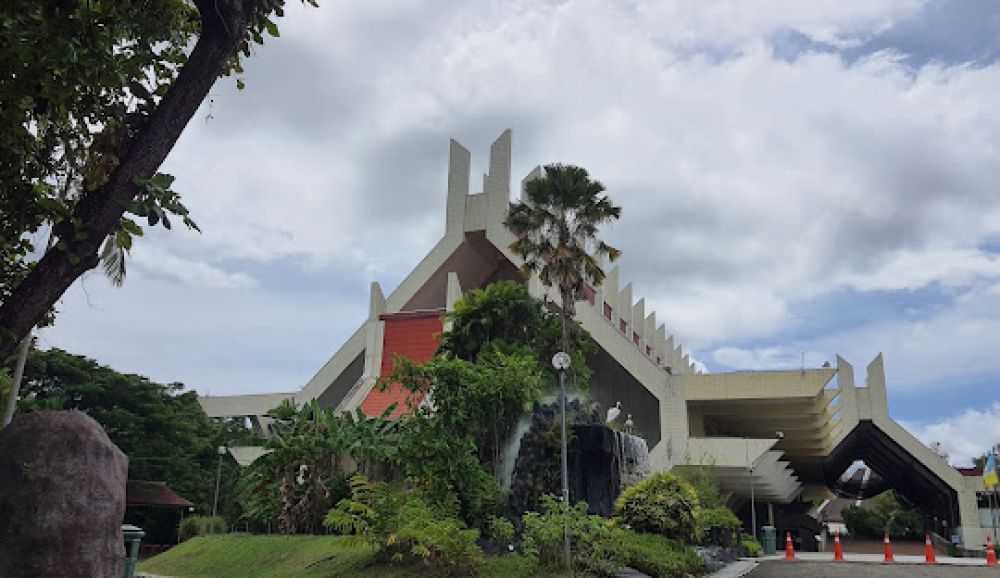

The Sabah State Museum, situated in Kota Kinabalu, Malaysia, has long been a quintessential part of Sabah's rich cultural presentation to tourists and researchers alike. Founded in 1965, the museum officially opened its doors in 1984, offering a window into Borneo's diverse history, traditions, and natural heritage.
The museum's role in stimulating tourism dates back to its inception, when it was established as part of efforts to preserve Sabah's cultural legacy. Through the decades, the museum has expanded its collection, including ethnographic and archaeological artifacts, which have significantly contributed to the growth of its visitor base.
Throughout the 1980s and 1990s, the museum became a major draw for those interested in the cultural and historical context of Kota Kinabalu and the wider state of Sabah. Its exhibits spotlighting indigenous cultures, World War II history, and local wildlife have been particularly popular.
In recent years, the Sabah State Museum has embraced modern trends to enhance its appeal. These include:
The Sabah State Museum has become an integral part of the tourism landscape in Kota Kinabalu, reflecting the broader trends in the region's tourism sector. The museum not only preserves the past but also educates and entices a diverse audience, from cultural enthusiasts and historians to school groups and international visitors. In its commitment to showcasing the rich tapestry of Sabah's heritage, the museum plays a pivotal role in cultural tourism, sustaining the interest of travelers with an appreciation for historical and cultural depth.
Looking to the future, the Sabah State Museum is poised to continue adapting to the evolving demands of the tourism industry. With the global travel landscape undergoing constant changes, particularly influenced by technology and sustainable practices, the museum is expected to adopt new strategies to remain a compelling and relevant destination for both new and returning visitors.